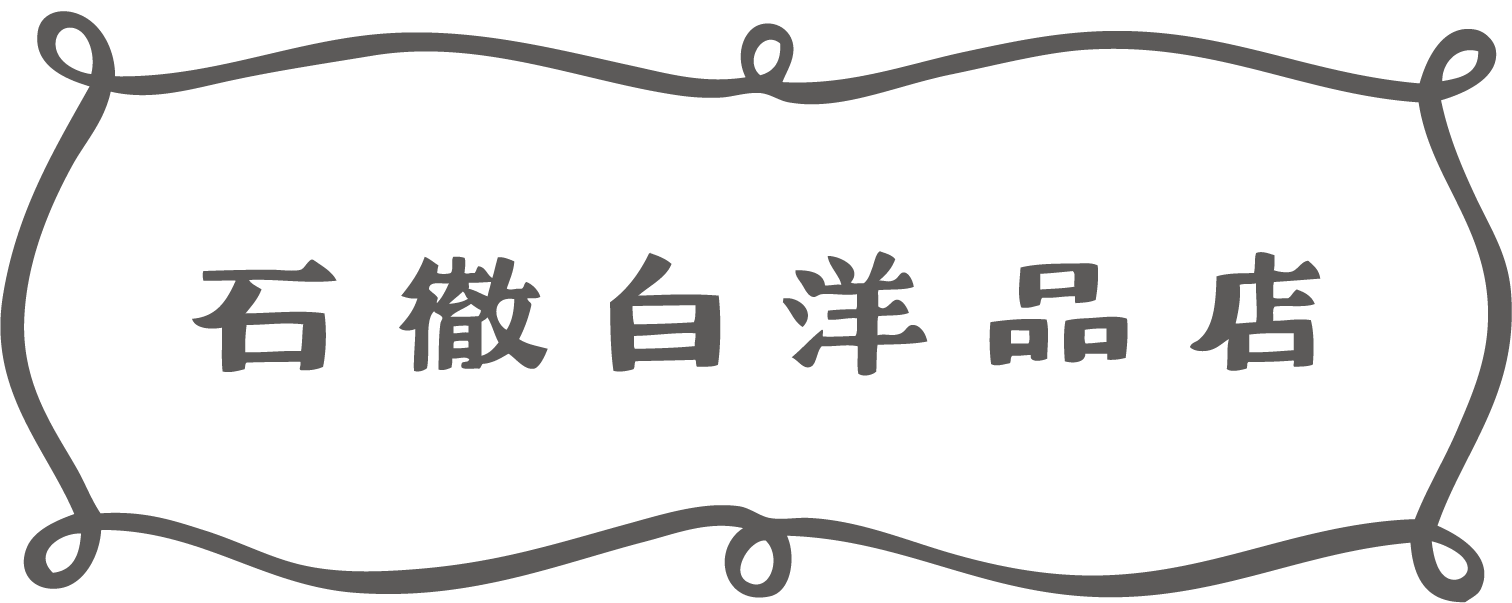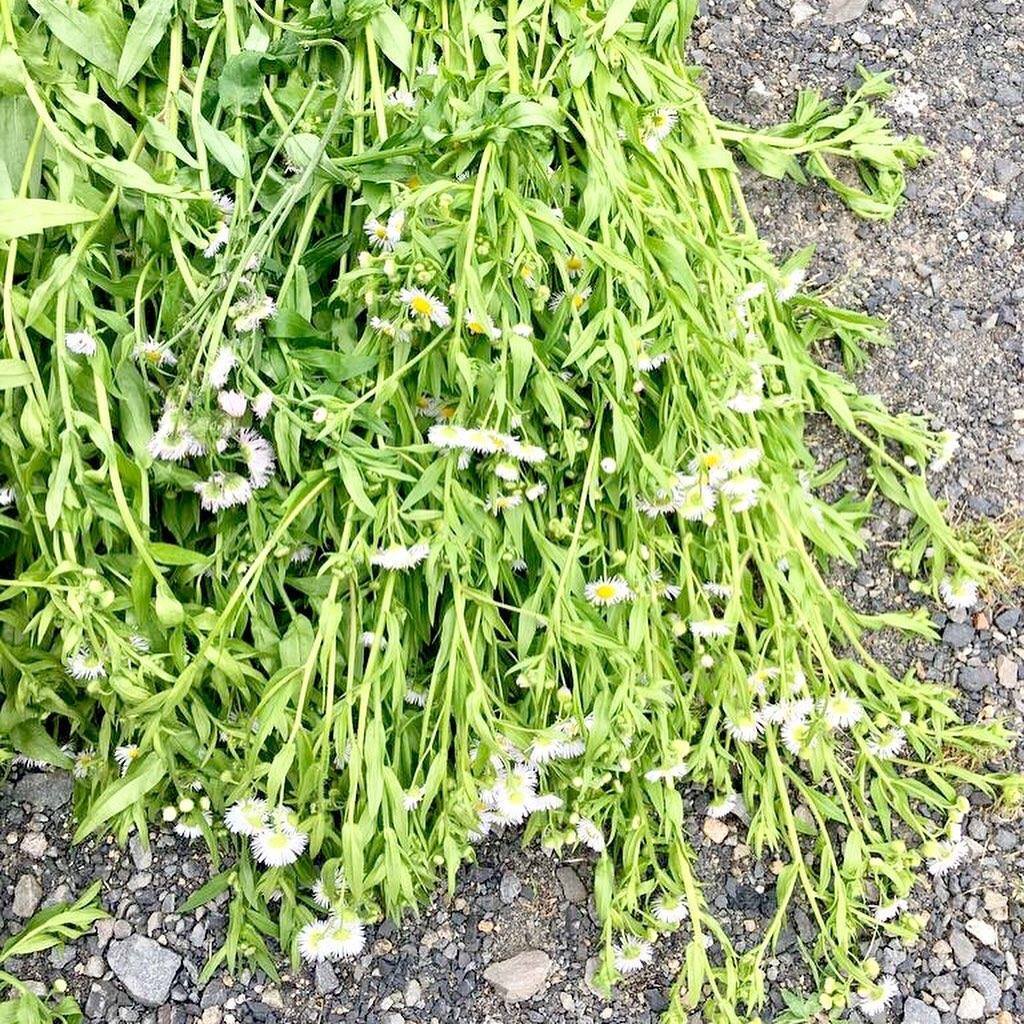Gallnut dyeing experiment
Among Itoshiro's dye materials, this is a valuable one as the amount harvested is not yet stable.
It's "Japanese gall nut." As someone who has been doing plant dyeing, it's a dye material I admire. A few years ago, when I happened to go to the mountains, I discovered Japanese gall nut in the mountains of Itoshiro, and I was excited! This is what happens when insects make their nests in the Japanese gall nut tree, and the tree (or the leaves?) deforms, and it's also called "insect gall."

I've always wanted to try dyeing with the gallnuts harvested here.
For me, plant dyeing is a way to connect with this land.
Dyeing with gallnuts, which only grow in certain conditions in the mountains, is a way of learning about the mountains and protecting their environment. Until now, I have mainly used things found in the village, such as burdock and chestnut burrs, so I was drawn to gallnuts in the hope that they would be an opportunity to learn about the mountains.
Gallnuts are not used alone for dyeing, but are layered with other ingredients to produce deeper colors.
This time we experimented with combining our standard colour, chestnut dyed iron mordant grey, to see what sort of colour would result.
I used gallnuts that I picked in the mountains last year. I dried them, crushed them into small pieces, put them in a net and boiled them.
The color of the liquid itself is beige and not very colorful.
The shirt was dyed grey with iron mordant, and then dyed again, and the colour dripped into the liquid, giving the entire dye a greyish colour.

The dyed fabric is then mordanted with iron.

The dyed material is added to our homemade iron roaster and kneaded for about 30 minutes.
And then...

The color of his grey shirt gradually changed and began to take on a purple hue.
The process of boiling and iron dyeing was repeated, and the color gradually deepened, eventually developing into a color with an indescribable depth.

We conduct these preliminary experiments many times and then decide whether or not to release a new color after verifying the dye color and its strength (fastness).
Since plant growth is part of a natural cycle, there is no rush to produce new colors. The dyeing process follows the pace of the plants and flowers (or insect galls) that grow as the seasons change throughout the year, so it is a slow and careful process.

So, instead of following the current common sense of the apparel industry, which is to produce a lot of stuff quickly, we make clothes in small quantities and with care, making use of the bounty of nature.
Each piece is dyed by hand and delivered individually.
I would be happy to find someone who will cherish it and use it for a long time.


